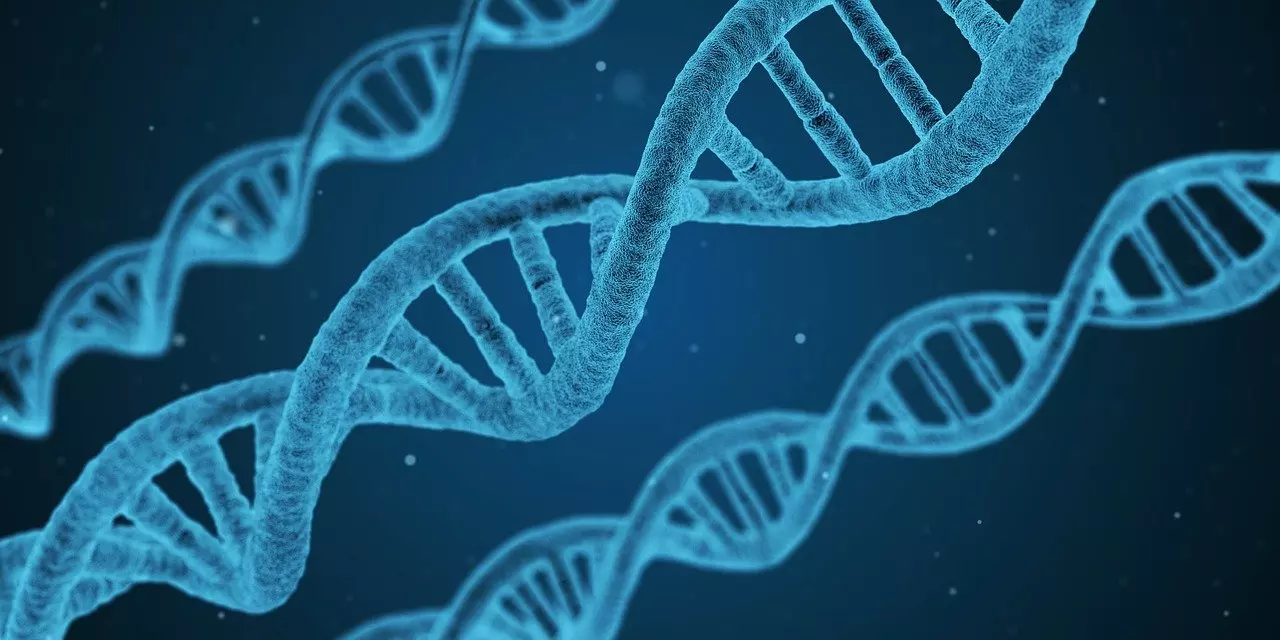
End of human males? Rat species sparks hope amid vanishing Y chromosome
A new study reveals that the spiny rat has evolved an alternative male-determining gene, offering insights into possible future adaptations for human survival

Biologists are warning that the Y chromosome, crucial for male development, is nearing extinction. Its complete disappearance would spell the end for male offspring in human beings.
Yet, there is a glimmer of hope. A study in the Proceedings of the National Academy of Sciences reveals that the spiny rat of Japan has evolved a new male-determining gene despite losing its Y chromosome.
Y chromosome could vanish
Jennifer A Marshall Graves, a leading geneticist, points out that the human Y chromosome has shed 1,393 of its original 1,438 genes over 300 million years. At this rate, it could vanish in 11 million years, raising concerns about human reproduction.
The spiny rat's adaptation offers a solution. Researchers at Hokkaido University discovered that Y chromosome genes in spiny rats have migrated to other chromosomes. A DNA duplication near the SOX9 gene on chromosome 3 now takes over the role of the lost SRY gene. This ensures male development.
New sex-determining genes
This evolution in spiny rats and the mole vole, another rodent that has lost its Y chromosome, suggests mammals may adapt with alternative sex-determining mechanisms. This research hints at a potential for humans to evolve new sex-determining genes, though it could lead to diverse sex-determining systems and new species.
This finding provides a hopeful perspective on human survival and opens doors for further exploration in sex determination and evolution.

